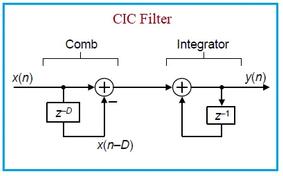CCDF : Complementary Cumulative Distribution Function Basics
Advertisement
CCDF, or Complementary Cumulative Distribution Function, is a statistical power calculation method specifically designed for analyzing time-domain data. It provides valuable insights into the instantaneous power variations within a signal over time.
The CCDF curve is a useful tool for power amplifier designers, helping them to optimize their designs by accounting for these power variations. The curve is typically plotted with power in dB on the X-axis and percentage on the Y-axis.
The power values on the X-axis are relative to the signal’s average power, with 0 dB representing the average power level. For example, a point on the curve at 2 dB and 20% means that there’s a 20% probability that the signal’s power will be 2 dB or more above its average power.
How CCDF is Calculated
Here’s a breakdown of how a CCDF curve is calculated and plotted from baseband IQ data:
- Gather IQ Data: Assume you have N (e.g., 1000) complex baseband data points in the form of I + jQ.
- Calculate the Average Power: Determine the average power value of the entire IQ data vector containing ‘N’ elements. Let’s say the average value is ‘X’.
- Sort the Magnitudes: Arrange all N data points in ascending order based on their magnitude (absolute value).
- Normalize by Average Power: Divide each sorted IQ data point by the average power value, X. This gives you a ratio for each point.
- Convert to dB: Calculate the base-10 logarithm (Log10) of each ratio obtained in the previous step. Multiply the result by 10 to express the power difference in decibels (dB).
- Plot the CCDF: Plot the dB values on the X-axis against the corresponding percentage of data points that exceed that power level on the Y-axis. The percentage is calculated as (number of points with magnitude greater than the current point) / N * 100.
This resulting plot represents the CCDF curve.
Key Takeaways
The CCDF curve allows you to quickly visualize how often a signal’s instantaneous power exceeds a given level relative to its average power. This is crucial for applications where exceeding a certain power threshold can lead to distortion or damage, such as in power amplifier design.
Advertisement
 RF
RF







